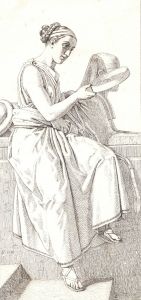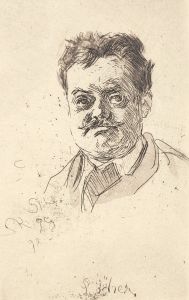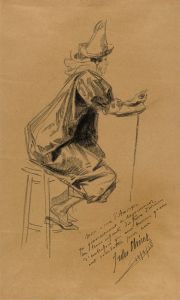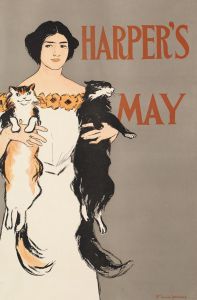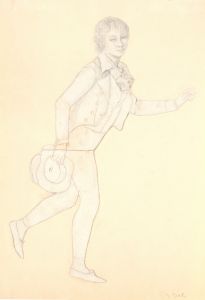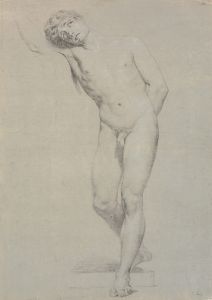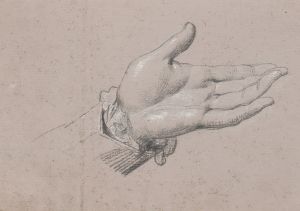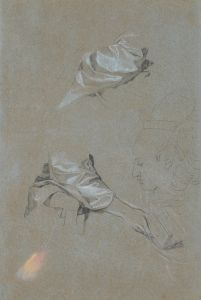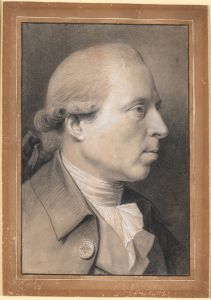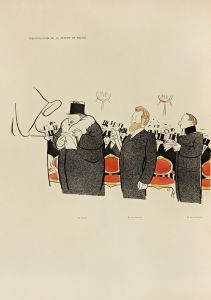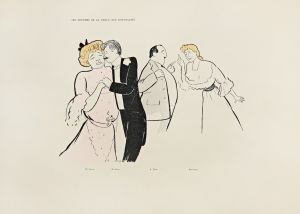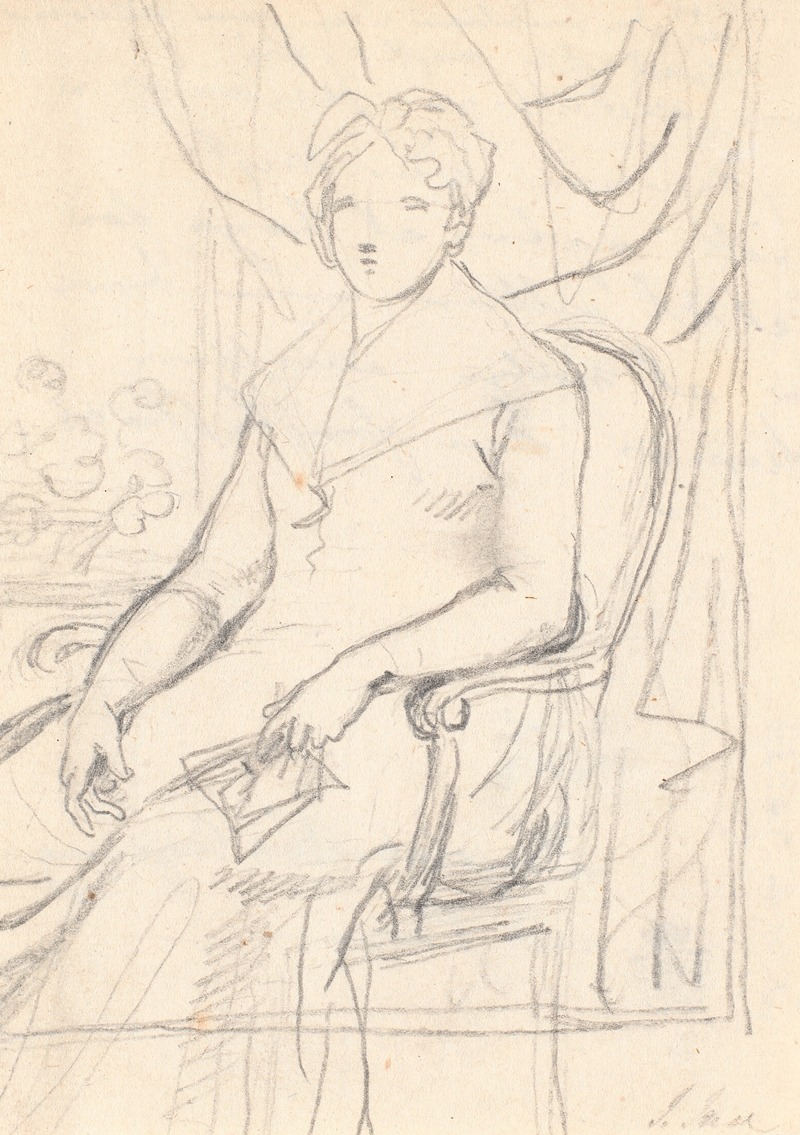
Kompositionsudkast til portrættet af grevinde Anna Joachima Danneskiol-Laurvigen, født Ahlefeldt_i sit 74. år
A hand-painted replica of Jens Juel’s masterpiece Kompositionsudkast til portrættet af grevinde Anna Joachima Danneskiol-Laurvigen, født Ahlefeldt_i sit 74. år, meticulously crafted by professional artists to capture the true essence of the original. Each piece is created with museum-quality canvas and rare mineral pigments, carefully painted by experienced artists with delicate brushstrokes and rich, layered colors to perfectly recreate the texture of the original artwork. Unlike machine-printed reproductions, this hand-painted version brings the painting to life, infused with the artist’s emotions and skill in every stroke. Whether for personal collection or home decoration, it instantly elevates the artistic atmosphere of any space.
Jens Juel's painting Kompositionsudkast til portrættet af grevinde Anna Joachima Danneskiold-Laurvigen, født Ahlefeldt i sit 74. år (translated as Composition Sketch for the Portrait of Countess Anna Joachima Danneskiold-Laurvig, née Ahlefeldt, in Her 74th Year) is a work by the renowned Danish portrait painter Jens Juel (1745–1802). This piece is a preparatory sketch for a formal portrait of Countess Anna Joachima Danneskiold-Laurvig, a member of the Danish nobility.
Jens Juel was one of Denmark's most prominent artists during the late 18th century, known for his refined and elegant portraiture. His works often depicted members of the aristocracy, capturing their likeness with a balance of realism and idealization. This particular sketch reflects Juel's process of planning and composing his portraits, showcasing his attention to detail and his ability to convey the personality and status of his subjects.
Countess Anna Joachima Danneskiold-Laurvig (1726–1800) was born into the noble Ahlefeldt family and later married into the Danneskiold-Laurvig family, one of Denmark's most distinguished noble houses. The sketch was created when the countess was in her 74th year, as indicated by the title. It is believed to have been intended as a preliminary study for a more finished portrait, although the final version of the painting, if completed, is not widely documented.
The composition sketch likely served as a tool for Juel to experiment with the pose, expression, and overall arrangement of the portrait. Such preparatory works were common in Juel's practice and in the broader tradition of portrait painting during this period. They allowed the artist to refine his ideas before committing to the final canvas.
The sketch is notable for its historical and artistic value, offering insight into Juel's working methods and the cultural context of late 18th-century Denmark. It also provides a glimpse into the life and representation of noblewomen during this era, emphasizing their social status and the importance of portraiture as a means of preserving their legacy.
Further details about the specific location of the sketch or its current ownership are not widely available. However, Jens Juel's works are held in high regard and are featured in several prominent collections, including the National Gallery of Denmark (Statens Museum for Kunst) in Copenhagen.
This preparatory sketch remains an important example of Juel's artistry and his contribution to Danish cultural heritage.





